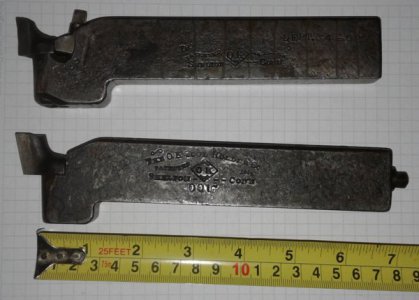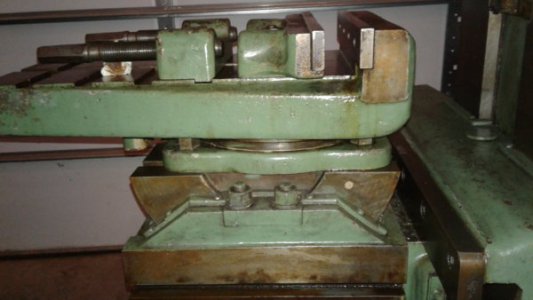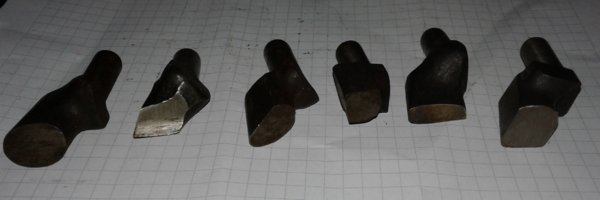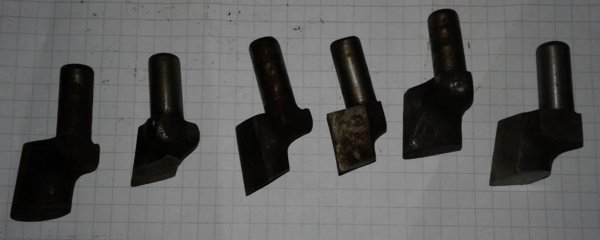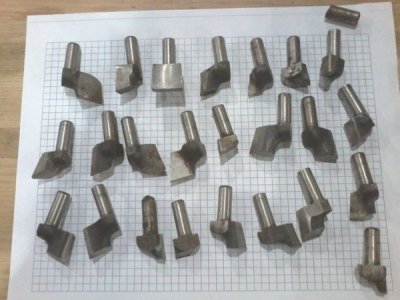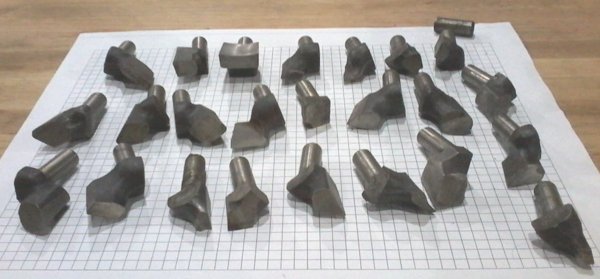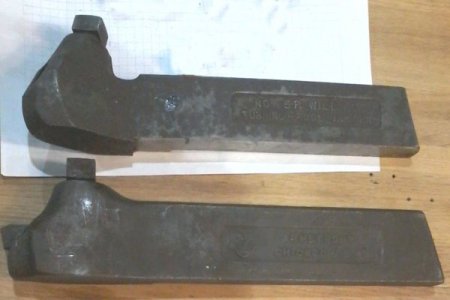- Joined
- Jul 17, 2017
- Messages
- 71
You guys are a wealth of info. Much appreciated.
Steve Summers was one of the first I found after I had the shaper home safe and sound. Good guy.
But that Stefan Gotteswinter (https://www.youtube.com/user/syyl ) rubs me the wrong way... Grrr... How can a hobby garage type guy ever go to sleep feeling good about his day's work after watching Mr Gotteswinter do such work?! He is at once both an inspiration and the source of despair. heh J/k. Love the work that he does.
Bemmychree, thank you for the walk-through.
The Ram Head Swivel - can you tell me a bit more about that? I am trying to reconcile that with what I see on mine.
There are 3 of the 1/2" square drive on the ram... The one closest to the toolhead is the one that I assume would cause the head to swivel.
When I turn that one on mine, it feels like a stripped out thread lightly camming up and down... There doesn't seem to be any unlocking or turning going on.
The stroke positioning lock on mine is definitely a 90 degree movement... and there is a pin preventing it from moving too far in what feels like the unlock position.
When I try to move the ram with the middle square drive after unlocking, it turns but the ram doesn't move.
Regarding the lubrication- is the shaft into the column a two piece concentric? The clutch is outboard of the big pulley...
Sorry for so many questions... I feel like a little kid at Christmas who received a very cool toy that takes batteries, and no batteries in the house.
Steve Summers was one of the first I found after I had the shaper home safe and sound. Good guy.
But that Stefan Gotteswinter (https://www.youtube.com/user/syyl ) rubs me the wrong way... Grrr... How can a hobby garage type guy ever go to sleep feeling good about his day's work after watching Mr Gotteswinter do such work?! He is at once both an inspiration and the source of despair. heh J/k. Love the work that he does.
Bemmychree, thank you for the walk-through.
The Ram Head Swivel - can you tell me a bit more about that? I am trying to reconcile that with what I see on mine.
There are 3 of the 1/2" square drive on the ram... The one closest to the toolhead is the one that I assume would cause the head to swivel.
When I turn that one on mine, it feels like a stripped out thread lightly camming up and down... There doesn't seem to be any unlocking or turning going on.
The stroke positioning lock on mine is definitely a 90 degree movement... and there is a pin preventing it from moving too far in what feels like the unlock position.
When I try to move the ram with the middle square drive after unlocking, it turns but the ram doesn't move.
Regarding the lubrication- is the shaft into the column a two piece concentric? The clutch is outboard of the big pulley...
Sorry for so many questions... I feel like a little kid at Christmas who received a very cool toy that takes batteries, and no batteries in the house.



